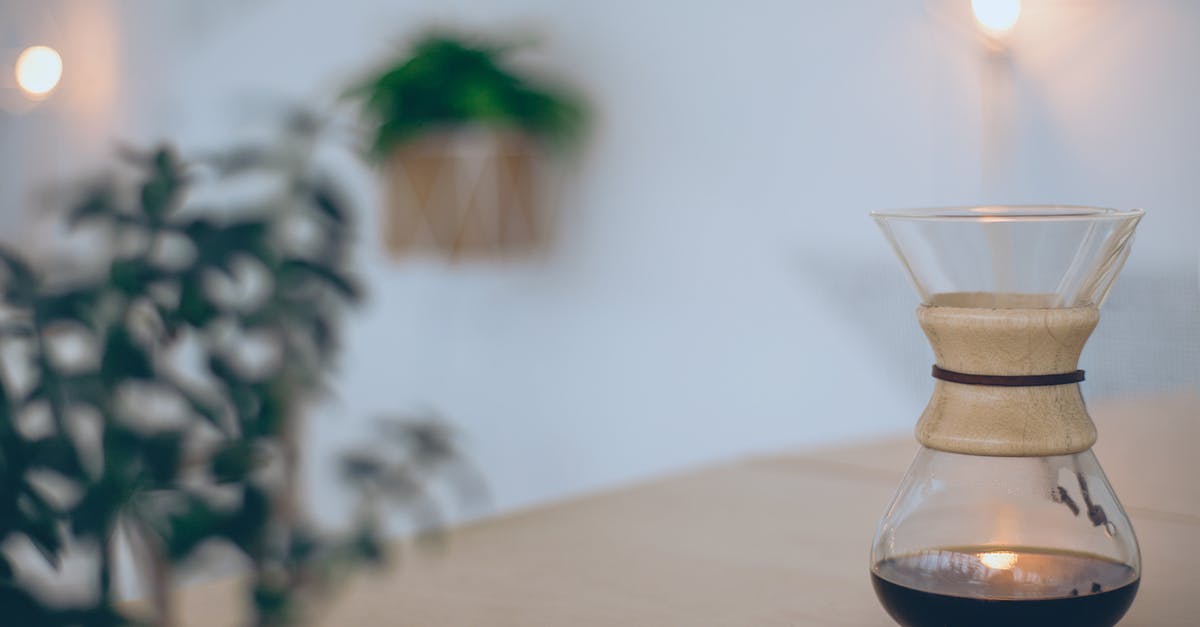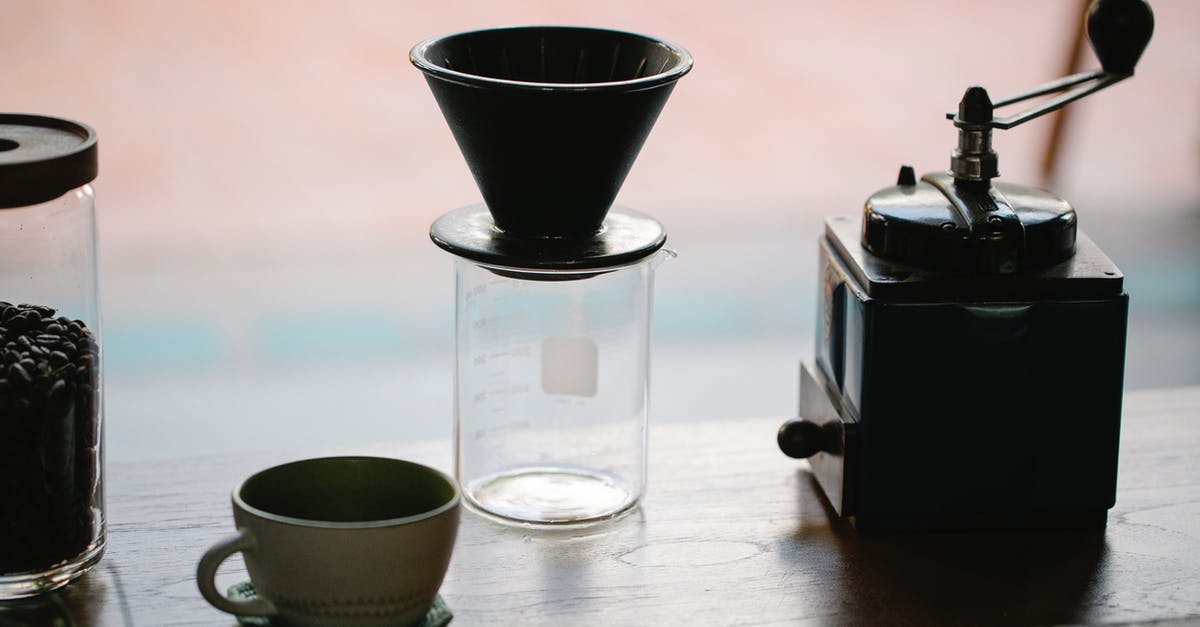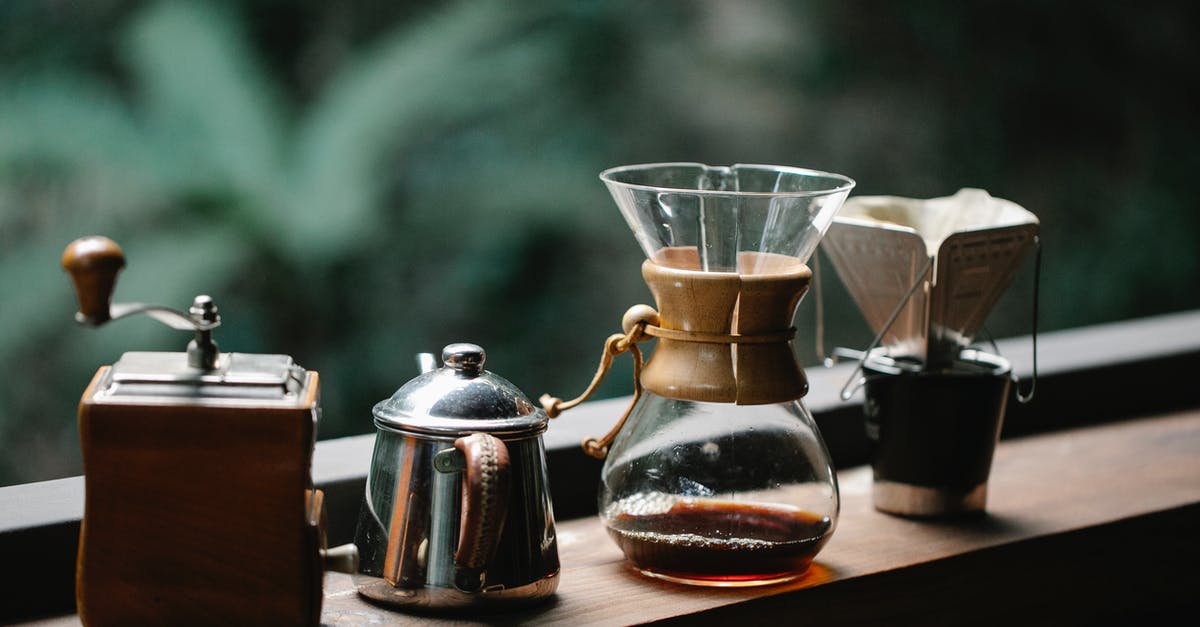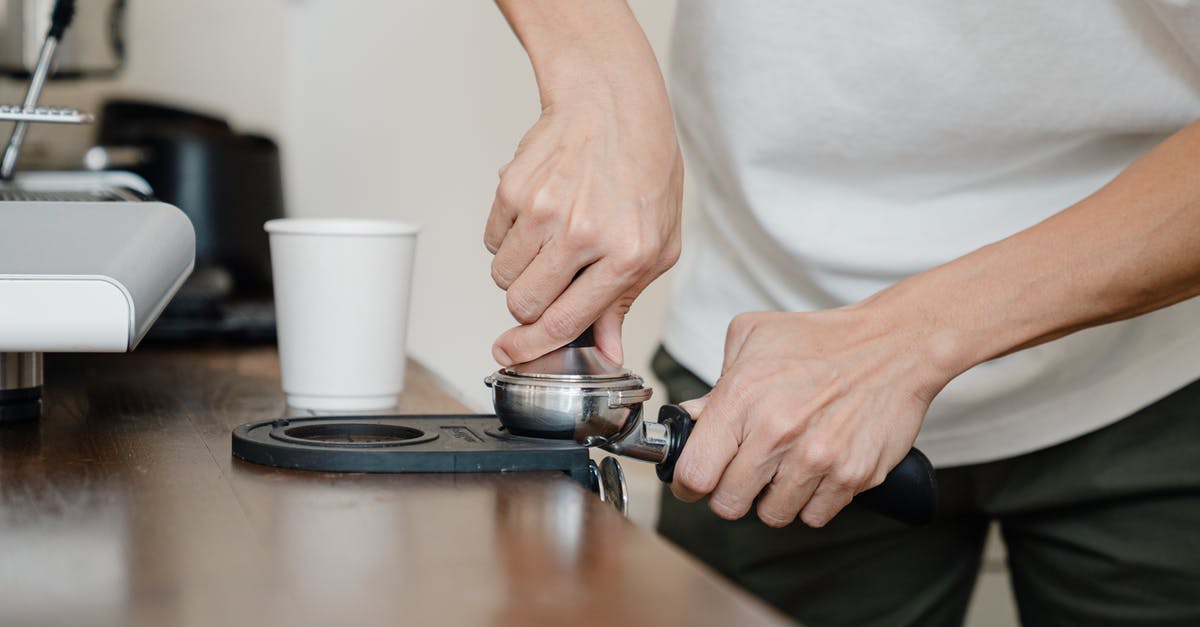Achieving perfection via manual drip-brew coffee method

Every time I make coffee it seems to taste different, and I've found there is a lot more room for error with the manual drip-brew method than using a Moka coffee maker or an automatic drip-brewer.
There are too many variables to list, but I'll try:
- Type/color/brand of filter
- Amount of coffee
- Wetting the filter
- Wetting the grounds
- Amount of time between wetting the grounds and pouring the rest of the water
- Plastic / ceramic / glass cone
- Coarseness of the grounds
- Rate of water flow
- Temperature of water
- Height from which to pour water
- Trickling water or constant pour
- Clockwise / counterclockwise / or straight-on pouring
- Whether to fill it up to the brim and let it seep down or be patient and pour a little at a time
- And many more.
But what are the most important factors (either from this list or anything I might have missed) that I need to do every time to ensure that the cup is a most excellent brew? How do those factors actually affect the brew and why?
Please include only factors specific to, or of particular import to this method of coffee brewing.
Best Answer
Background
The manual drip technique (AKA "filtercone brewing") and an automatic drip-brewer are very similar; both involve pouring water through a conical filter into a vessel. The difference is that an automatic drip-brewer maintains consistent and hopefully ideal conditions, so when you drip-brew manually, you are essentially trying to recreate the environment inside an automatic drip-brewer.
Much of the following is derived from sweetmarias.com - my constant source for coffee information.
Customizing your coffee
The most important variables in terms of how much they affect the end result also happen to be easily isolated variables that you can control simply with tools. They are:
Temperature of the water
The best temperature is when the water is just coming to a boil, around 200° F or 93.3° C. An automatic drip-brewer will generally maintain a temperature of between 195° F and 205° F.
Water that is too cold won't extract enough of the oils and will give you flat, flavorless coffee. Water that is too hot will extract a lot of the proteins and give you very bitter coffee.
This is simple to control for; just use a thermometer, or learn how to recognize when the water is just about to boil.
Coarseness of the coffee
The grind (obviously, a fresh grind especially) is important here, as it is with any distillation method. What you need to remember is that you are matching the temperature and pressure of extraction.
For high pressure extraction (espresso), uniformly fine grind is preferred to ensure that the water does not shoot past the puck too quickly. For lower pressure methods (i.e. manual drip), you want a medium grind to ensure that the water passes easily but not too quickly.
Again, this is simple to control for; just use a good, reliable coffee grinder.
Ratio of water to coffee grounds
This is mainly a matter of personal preference. Figure out what you like, but ensure that this is the final variable you are isolating. Use a measuring spoon, start at 8 grams (about 1 rounded tablespoon) per 5 oz water, and start experimenting from there.
Improving your consistency
Once you've dealt with the obvious factors above, proper technique becomes essential to improving on the consistency of your brewing process. You'll want to watch out for:
Steady heat during the pour
Depending on the material your filter cone is made of, it may take a while to heat up, which means that initially the water will lose heat to the cone and become too cold before it passes through the coffee.
You can compensate for this by pre-heating the cone. Use hot water for this; don't use the microwave, especially if it's a plastic cone.
Ceramic cones are more heat-stable than plastic, but will take longer to heat up, so it's more important to pre-heat them. You probably don't need this stability because the water shouldn't be in the cone for too long - unless you're brewing a full pot. Most pour-overs should really only be for about 20 ounces of coffee.
Pour Time
The best automatic coffee makers have a sprinkle head and pour out over a deliberately extended period of time, as opposed to shoving the coffee through in a rush. This is because you are trying to extract flavor as thoroughly as possible, and quick is not thorough.
Maintain a slow, steady pour. Trickling is less effective since it will cause an uneven leaching from the grinds, so be wary of this. Submerging is even less effective because you will lose heat from your water as it sits there. This is probably the most important part of a good brewing technique.
It should take 4-5 minutes, pouring evenly over all the grinds, to extract a full 10 cup pot. Hopefully your arm is strong or you're only doing 1 cup.
More practically, you will want to refer to this chart on specific infusion times: For example, for a #4 filter, and 20 ounces of coffee, you will want to spend 2 minutes and 30 seconds on the infusion (they recommend 32g or ~4 rounded Tbsp of coffee).
Wetting the filter
This applies when your filter falls down (as wetting it keeps it up) - not a big problem with conical filters. That said, in some cases rinsing off your filter is preferred in the event that your filter gives an off-flavor. I personally have never encountered this with unbleached filters.
Wetting the grounds
There are two schools of thought on this. Some say to do it, others say not to do it because it locks up the oils or stales the coffee when done too far in advance.
In the case of a straight pour over filter, non-vacuum, sweetmarias.com recommends "blooming the coffee 15-30 seconds" by sprinkling with a pre-pour. (I assume that's what 'wetting the grounds' meant. In my experience, premature moisture is less of a problem for beans with more sugar, i.e. lighter roasts.)
As for time between wetting filter/grounds, you should minimize wetness of coffee in the interest of freshness by thermal conservation, or refrain from either step.
Height of pour
This matters mainly because you don't want to splash water or grinds everywhere, but more importantly you don't want the water to lose heat on its way down by pouring too far.
Rotation of pour
Pick one, do it evenly across all grinds. The important thing here is consistency.
Miscellaneous tips and tricks
According to sweetmarias on the quantity of coffee:
Simply using more coffee grinds cannot fix other brew problems: If you use 20 grams coffee and 350 ML of water and 4 minutes steep time to achieve 20% extraction (it should), using 40 grams coffee with a contact time of 1 minute to compensate will not result in a better cup.
Consider removing the drip before the final drops go through. According to Voilley et al., Eval., 287:
Perceived coffee bitterness is lower when coffee is brewed hot than when cooler water is used. This is hypothesized to be due to the heightened aromatics released in hot coffee, which counteract the bitterness.
So watch out for those last few drops, because they will tend to have lost some heat and will thus leach more solids with fewer aromatics, resulting in more bitterness.
Now go enjoy some hand cranked coffee consistently.
Pictures about "Achieving perfection via manual drip-brew coffee method"



How to Make Pour-Over Coffee | Perfect Coffee
More answers regarding achieving perfection via manual drip-brew coffee method
Answer 2
If I had to pick a top 3, it would be:
- Ratio of grounds to water
- Coarseness of the grind
- Temperature of the water
These three factors are usually very dependent on the technique used, so you need to get them right for "manual drip". The quality of the beans and the water are also quite important, but not dependent on the technique used.
Answer 3
One of the single biggest influences on the flavor of coffee is the flavor of the water used. Since there isn't any reason to have electrolytes, salts and other minerals compete with the flavor of coffee and its aromatic oils, I highly suggest using only distilled water. Independent of the hand drip brew, automatic drip machines should not have water that might be hard or have other minerals to deposit running through its innards.
Answer 4
I am a coffee geek, and I drink great coffee EVERY day. The most important part of the equation is to use freshly roasted coffee. I roast my own coffee beans once per week.
If you can't roast your own beans, buy them from a roaster that roasts and ships on the same same day. It is important that they put the roast date on the bag. I have had about ten different varieties from Counter Culture Coffee, and they have all been great. I store the coffee beans in the freezer, in sealed mason jars.
My wife is not so much a geek. Here are the very detailed instructions I wrote up for her to follow (when her coffee valet is not available) to make a single cup of coffee:
- Take down a standard 10 ounce coffee cup and the Hario one-cup drip device
- Put 2.5 cups of water in electric kettle. Plug it in and turn it on
- Place a Hario filter in the drip device. Leave this on the countertop by the sink
- Open top of gram scale, turn it on, wait for it to reset zero grams
- Place small pyrex bowl on top of scale. Press the "Tare" button, wait for it to reset
- Pour coffee beans into pyrex bowl to a weight of 13 grams
- Remove the glass bowl with coffee beans. Turn off gram scale and close the top
- Pour coffee beans into coffee grinder. Press Start button once to wake it up.
- Press Start button again to grind the beans.
- When you hear it go into "high speed", there are no more beans to grind.
- When water has come to a boil, pour it into the silver Hario tea kettle
- Remove the hopper with ground coffee, empty it into Hario filter in the one-cup device
- Place the one-cup device on top of the coffee cup
- Pour a small amount of water into the coffee grounds. Set a timer for 30 seconds
- When the timer goes off, you can start pouring water very slowly into the grounds.
- Don't fill the entire cone - halfway is high enough.
- As you start pouring the water, you can hear it "tinkling" into the bottom of the coffee cup
- When the cup becomes about 2/3 full, the sound will stop. This is due to the shorter distance that the water falls before it meets what is already in the cup.
- Now you should check the height of the coffee in the cup to see when to stop. The Hario drip device has a handle, so you can easily lift it to peek at the coffee.
- I fill the coffee cup almost to the top. I remove the Hario drip device when I have about 1/4 inch left at the top of the cup. This gives me 9 ounces of coffee.
- Most people drink their coffee too hot. The flavor develops and becomes more complex when it sits for at least one minute, and it cools a few degrees.
Answer 5
In my experience, most of the items on your list have very little effect on the resulting brew. The only ones I'd worry about are:
- Amount of coffee
- Coarseness of the grounds
- Temperature of water
Even water temp isn't very important, as long as the water is boiling hot.
Amount of coffee and coarse/fine grind is partly a matter of taste. Manual drip is a fairly fast brewing method, so you normally use a fine grind. One thing I like about brewing this way is that I can use a cheap whirling blade grinder (they don't work very well at coarse grinds).
I like strong coffee, so I use about 2-3 tablespoons of beans for a cup. This is the easiest thing to play around with.
You didn't mention grinding your own coffee from beans, that's the first thing to do to get good coffee - don't buy ground coffee, buy beans, store them somewhere cool (not in the fridge or freezer or they'll get spoiled by water condensing on them), and grind them as you need them.
Answer 6
Being slightly aggressive in your pour (with a gooseneck kettle) can help provide a fuller extraction - after the gentle pre-brew is completed.
Sources: Stack Exchange - This article follows the attribution requirements of Stack Exchange and is licensed under CC BY-SA 3.0.
Images: Maria Orlova, Michael Burrows, Michael Burrows, Ketut Subiyanto
